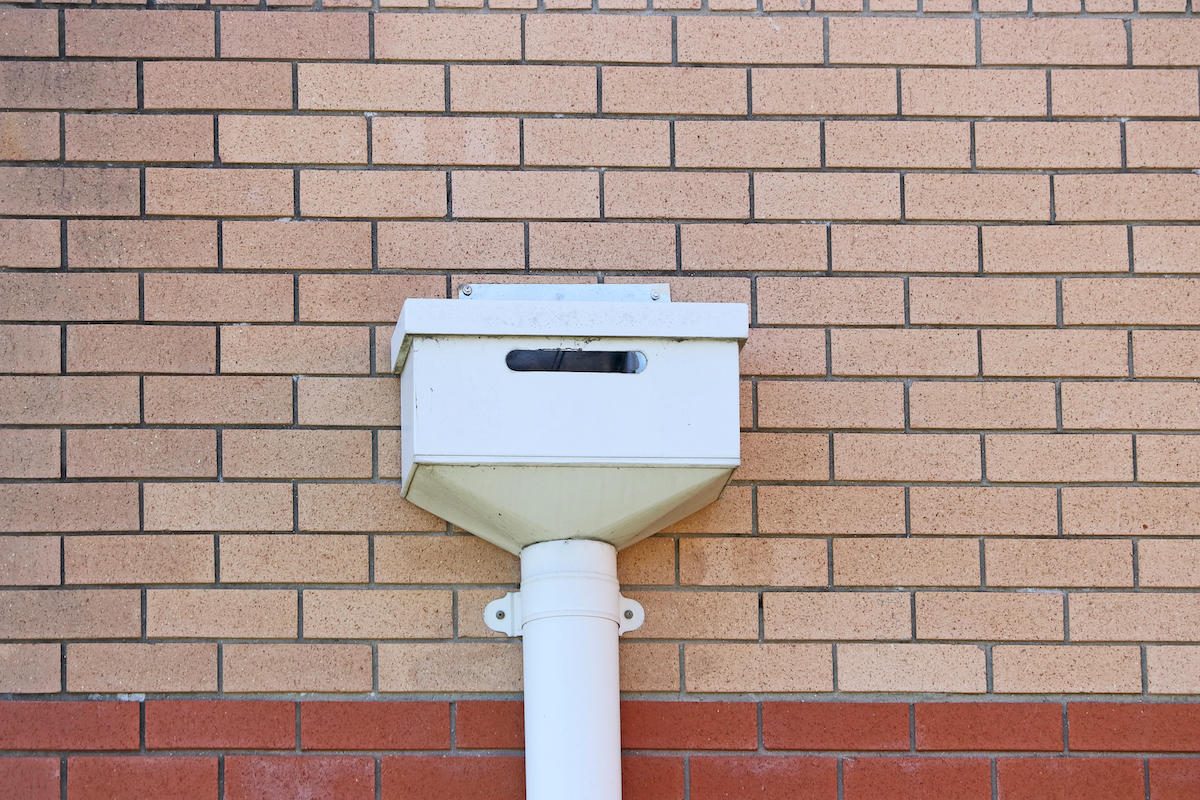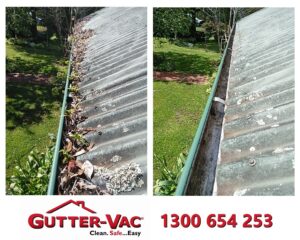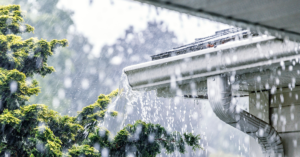Think one size fits all when it comes to gutters? Think again! There are a variety of gutter types and materials used in houses across Australia. We’ve outlined some of the most commonly used styles to explain what they do, and which one is best for you!
Eave gutters
Eave gutters are the type that usually spring to mind when someone mentions the word ‘gutter’. They are fixed to a fascia or an eave and are prevalent in residential designs. They can be constructed from an array of material such as aluminum, copper and galvanised steel. So, let’s look at the characteristics of each. Aluminum is usually the leader of the pack with affordability and ease of installation on its side. It is a light metal that is rust resistant and can be painted hassle-free. Copper is notoriously corrosion resistant and has origins tracing back to ancient Egypt when copper pipe was used for plumbing. The fact that there are still relics of this intact, demonstrates the durability of copper. Though very long lasting and beautiful in form, copper gutters can be challenging on the budget. They are usually used on luxury homes, or heritage restoration projects. Steel gutters are heavier, paint-friendly, and also have rust-resistant qualities. They are strong and less prone to dents in comparison to aluminum gutters. However, because they are weighty, there are harder for the DIYer to install.
Box gutters
If the gutter framework isn’t apparent from the outside of the building on the ground, chances are you have a box gutter. Named after their ‘boxy’ shape, box gutters are commonly utilised on commercial buildings. In recent times though, they have become popular in architecturally designed residential homes as they are ‘hidden’. They can be pricey, but they create a streamlined effect, showcasing the design of the house.
Box gutters are a pertinent topic particularly now in the winter months as rainfall can be higher. Make sure to get the right box gutter sorted for your roof. They are often situated above a room or space in a building, thus there is an increased risk of overflow water damage to the building. If you encounter a leak, it is critical to get onto it straight away. A great deal of rain in a short period of time can be problematic if your box gutter is not tended to regularly. When water pools in an area with incorrect pitch or fall, this is known as ponding. Ponding is definitely not ideal, as it will invite rust to gnaw away at your gutters. When box gutters break down prematurely it can cause mayhem for tenants, landlords and precious equipment housed in industrial properties. Most box gutters are made from metal but they can also be crafted from concrete, and in some cases, asbestos.
Sometimes box gutters can also be implemented to solve complex roofing problems. For example, extensions on the roof can collect more water than standard gutters can cope with. This may also be the case if you have a very large roof area. Standard gutters will be overwhelmed. Depending on your circumstances, a customised box gutter can alleviate troublesome water overflow.
A valley gutter is another style of gutter that may be present on your roof. This style is situated in the valley of the roof and is open and exposed.
Before you commit to a gutter design, it is best to research your options to know exactly what to expect. A blend of attractive form and functionality is ideal. Whatever your gutter cleaning requirements, we are happy to provide individual assessments and customise our service to suit your needs. We are also able to provide a roof inspection report.










